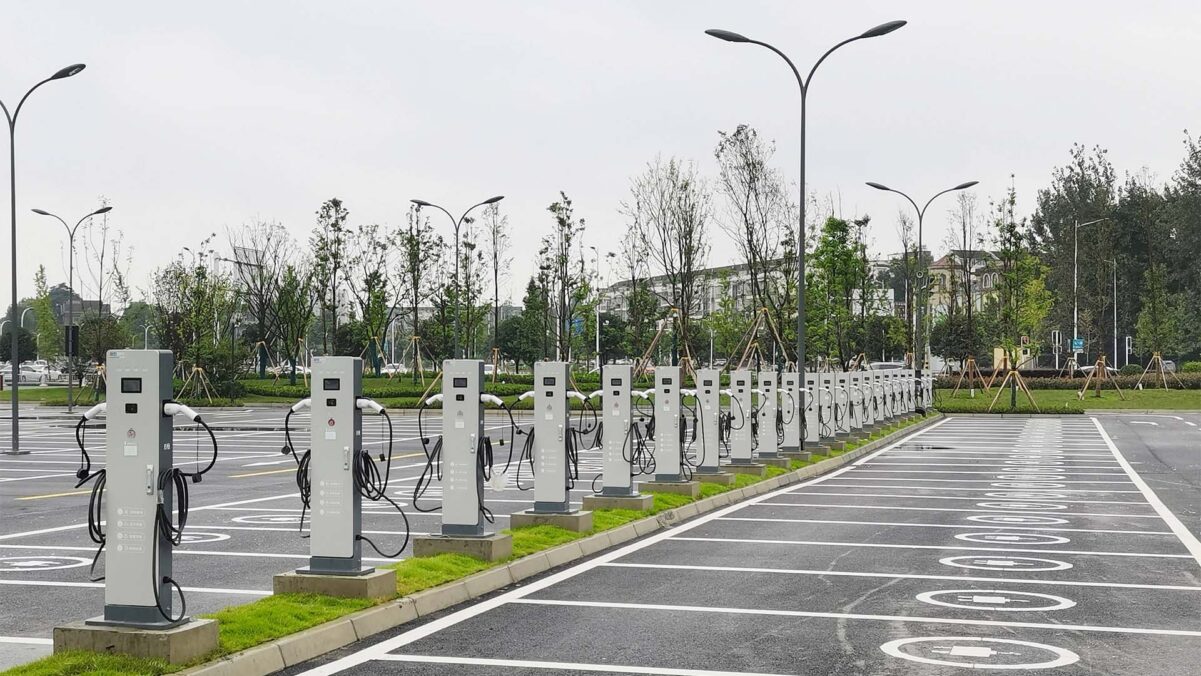
How Ukraine Develops Its EV Charging Network: New State Concept, EU Standards and Challenges
The development of charging infrastructure for electric transport has become one of the key directions of state policy in energy, transport, and recovery. Amid war, changes in global supply chains, and new challenges to energy security, Ukraine is entering a period when electromobility is no longer just a promising sector it is becoming a real part of the sustainable development strategy.
On October 24 in Kyiv, a round table “Policy in the Field of Charging Infrastructure Development for Electric Vehicles: Priorities, Challenges, and Plans” was held. This event became the first phase in the preparation of the Concept of State Policy for the Development of Charging Infrastructure for Electric Transport. This document is to lay the foundations for further network development across the country.
The development of the Concept is provided for by the National Renewable Energy Action Plan until 2030. Its main goal is to create conditions for the emergence of a convenient, safe, and accessible network of charging stations: from international transport corridors to communities and large cities. The state clearly declares: infrastructure should become one of the drivers of green transformation and economic renewal.
Adaptation to EU Standards and New Regulations
The Concept provides for the adaptation of Ukrainian standards to EU requirements, in particular to Regulation (EU) 2023/1804 AFIR, which defines mandatory parameters for charging stations along the TEN-T network. Ukraine is gradually integrating into the European transport and energy infrastructure, so this is not only a technical requirement, but also a matter of long-term resilience.
Market Status: Figures and Main Barriers
According to the Service for Recovery and Infrastructure Development, as of July 2025, there are more than 470 charging stations operating along Ukraine’s state highways. At the same time, there are about 5,000 charging points nationwide. This figure includes both public and private stations, but the need to expand the network far exceeds the current number, especially on international highways and in small communities.
During the round table, the following issues were discussed:
- The current state of charging infrastructure development in Ukraine
- Key barriers for investors and communities
- Challenges related to grid connection and land procedures
- Opportunities for public-private partnerships
- Experience in implementing Law No. 2956
Market participants note: “The need for further network expansion remains acute, especially on international routes and in communities.”
Key barriers are difficulties with grid connection, lengthy land procedures, regulatory uncertainty, and the need for cooperation between the state and the private sector.
Technologies, Integration, and New Tools
The Ministry of Energy has presented an interactive map of favorable sites for locating electric vehicle charging stations. This tool makes it possible to identify optimal locations for new stations, particularly on international highways where the distance between existing points exceeds 40 km. The map’s development takes into account the requirements of EU Regulation 2023/1804 regarding the deployment of alternative fuels infrastructure.
The tool was created in cooperation with distribution system operators and electromobility experts. It contains data on available capacity and the most favorable locations. The goal is to ensure comfort and safety for electric vehicle drivers, stimulate infrastructure development, and move Ukraine towards greener transport.
The project also promotes the integration of Ukraine’s charging network with the European transport infrastructure. This creates preconditions for convenient and predictable electric vehicle travel in Ukraine and beyond its borders.
Post List
War, Challenges, and Development Pace
Despite regular strikes on energy infrastructure, the electric vehicle market in Ukraine continues to grow, as does the charging station network. There are about 5,000 charging points in the country. Competition has already formed in this market, but this innovative sector still faces a number of challenges that require attention at the state level.
Market participants note: “Even in wartime, the need for infrastructure only grows. This is not just a matter of convenience it is a matter of the country’s energy independence and resilience.”
Key Priorities and Next Steps
Based on the results of the round table and participants’ proposals, a preliminary version of the Concept will be prepared and submitted for discussion and public consultations.
The main goal is to make electromobility truly accessible for communities, businesses, and large cities, as well as to integrate Ukraine into the European transport space.
The development of charging infrastructure is not just a technical task, but a strategic investment in the future. Ukraine has already taken the first steps: now the main thing is not to stop, but to move towards a large-scale network that will support energy security, ecology, and modern mobility.














